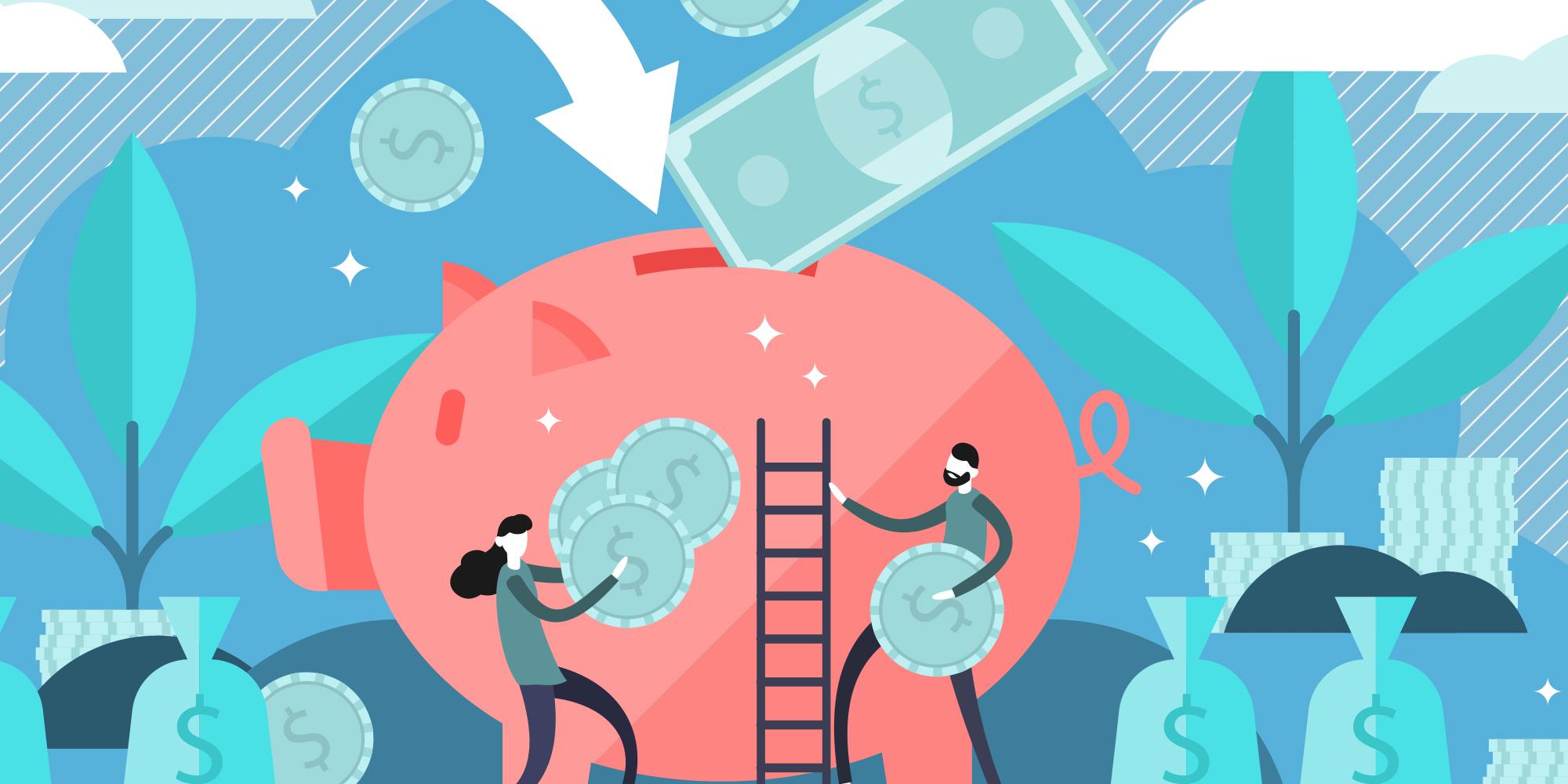
Building an Emergency Fund
While building an emergency fund has always been an important part of one’s personal finances, in recent years, it’s quickly jumped to the top of the priority list for many. There are plenty of situations in which having an emergency fund may prove to be useful—including unexpected job loss, a large medical expense, or a costly home or auto repair, just to name a few. Having a cushion like this set aside can help absorb the shock of a financial emergency so you’re able to carry on without taking a hit to your primary checking or savings accounts.
Experts typically suggest having three to six months’ worth of income saved in an emergency fund. For many, that number can seem overwhelming and even impossible to set aside—and in most cases, you won’t be able to come up with emergency savings overnight. But with time, patience, and dedication, you can build it over time.
Here are a few tips for building your emergency fund:
- STORE IT IN A SAFE PLACE. And one that’s not too tempting to access. We suggest putting your emergency savings into a savings account at a credit union or bank, where it's insured, separate from your standard checking or savings account so you’re not as likely to dip into the funds for day-to-day spending.
- GIVE THE ACCOUNT A NAME. It’s also wise to put a name on this account (and any savings account) as a visual reminder that it’s for emergencies only—so consider naming it something like “Emergency Savings,” “Emergency Fund,” or “Emergencies Only” rather than just simply, “Savings Account.”
- UTILIZE A SAVINGS ACCOUNT THAT GROWS YOUR MONEY. The beauty of putting your emergency savings into an actual savings account rather than a basic checking account (or keeping it as cash at home), is that it can grow through dividends. And the higher your balance grows, the higher your monthly dividend gets! Our Standard Savings Account is a great option, and for those under 25, our Livin’ Free Savings Account offers an even higher dividend to encourage savings and help grow your money quicker!
- AUTOMATE YOUR CONTRIBUTIONS. Take a look at your current budget to determine what amount you’re comfortable setting aside—either with each paycheck or once per month—and set up a recurring direct deposit from your paycheck or a monthly transfer from your checking account to go into your emergency fund account.
- START SMALL. It’s likely not realistic to set aside several hundred dollars each week or even monthly—especially if you don’t have a steady income. Consider starting small and increasing your contributions if and when you can over time. If you get paid bi-weekly, putting just $25-50 of your paycheck into your emergency fund can amount to $650-$1,300 in a year’s time!
- TAKE ADVANTAGE OF EXTRA INCOME. If you experience extra income—from things like tax refunds, stimulus checks, a three-paycheck-month, or an inheritance—and don’t need those extra dollars for other expenses, put them toward your emergency fund for an added boost. In addition, consider selling items you no longer use, picking up a temporary side-hustle if you have the extra time, or reviewing your budget to see where you may be able to make cuts (especially for unused memberships or subscriptions) and put those savings toward your emergency fund instead.
- CONSIDER GROWING YOUR SAVINGS WITH A SHARE CERTIFICATE. If you have a comfortable amount already saved and are confident you won’t need a certain portion of it for the next several months, consider putting some of it into a share certificate to grow more quickly. Once it’s matured and you get it back, immediately put it into your emergency fund.
For additional information on building an emergency fund, check out these resources:
- An Essential Guide to Building an Emergency Fund via the Consumer Financial Protection Bureau
- Building an Emergency Fund via Debt.org
- 3Rivers Savings Products
- Savings Calculators
There’s no one-size-fits-all means of building an emergency fund, and we know that there are many factors that come into play when saving such a large amount of money.
*Full details and current rates can be found at 3riversfcu.org/save.
Want us to have a look at your current financial state and help you come up with a customized plan for building your emergency fund? Give us a call, schedule an appointment, or visit your nearest 3Rivers branch!